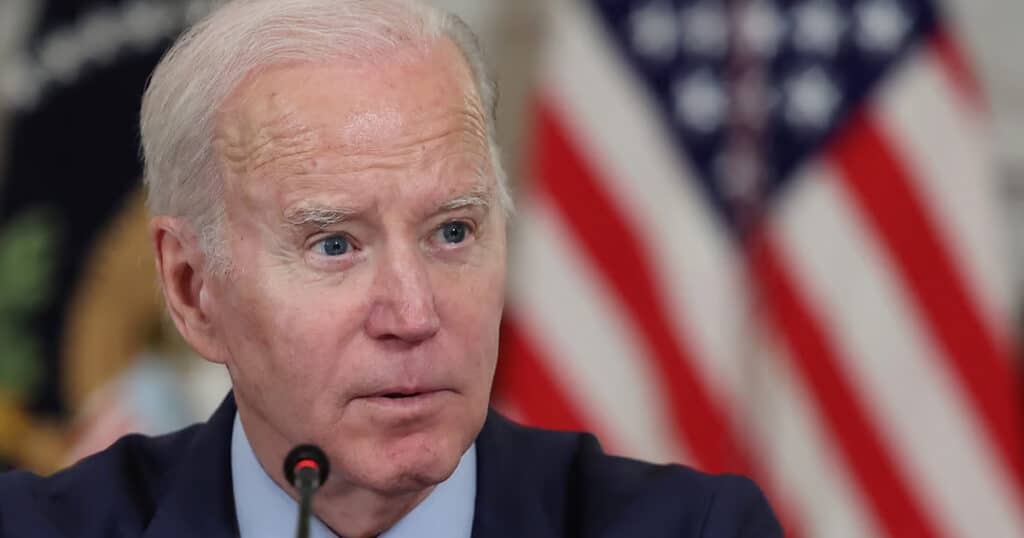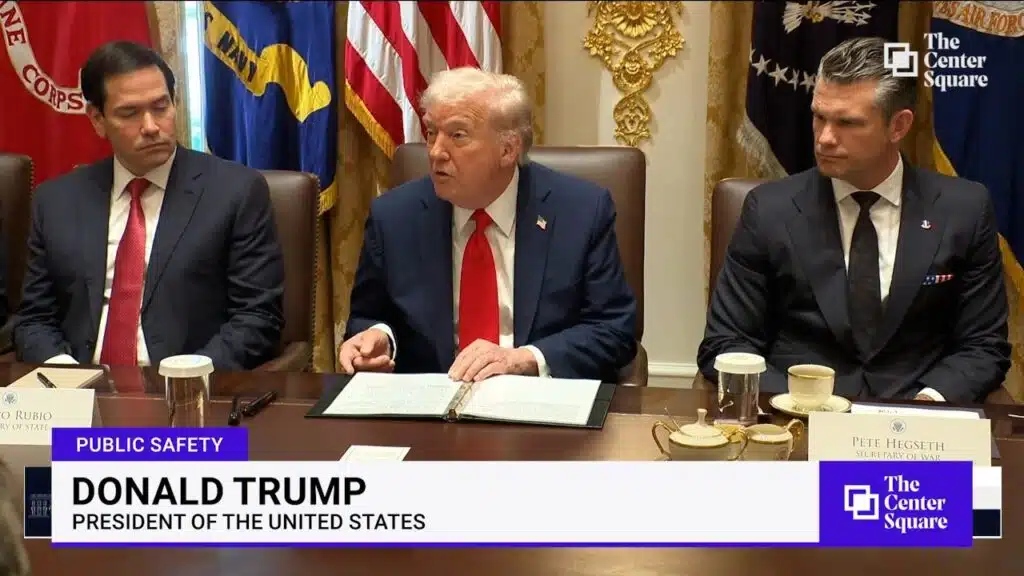
The Biden Administration’s Plot to Kneecap Merit in Federal Hiring
In yet another example of the Biden administration’s aggressively woke diversity, equity, and inclusion agenda, the U.S. Office of Personnel Management is now proposing to kneecap the government’s ability to hire the most qualified candidates for federal job openings. Its specious reasoning? To close the supposed federal “wage gap” between male and female or white and minority employees.
The proposed rule would bar federal agencies from considering a new hire’s past salary when setting his or her pay. This would be done on the assumption that “setting pay based on an individual’s salary history may maintain or exacerbate pay inequity” from the private sector, according to the proposal.
To justify its proposal, OPM cites the fact that—not controlling for things like occupation, education, or experience—there exists, on average, a difference in pay between certain demographics of federal employees: 15% between whites and blacks and 6% between males and females.
Of course, it has been well established that a full two-thirds of the gender pay gap is attributable to personal life choices (for example, mothers choosing to work part time or leave the workforce to home-school their children). The remaining third of the gap between men and women at the federal level is further reduced by controlling for things like experience and occupation. OPM, without reason, declined to acknowledge these factors in its analysis.
While other gaps still remain at the national level, they should not be forced closed by harmful and costly anti-merit policies that stand to make the federal government far less competent and efficient.
Indeed, the proposed rule would handicap the federal hiring and pay-setting process. The government has long held that prospective hires should be chosen based on their skills and that pay should be fairly awarded based on an individual’s ability; a worker’s past salary is a key indicator of the kind of unique skills and abilities that merit a certain level of pay. That is, it is hard to know what level of pay is fair for someone with a high level of intangible skills—for example, a doctor whose stand-out quality is patient relations—without knowing what level of pay those skills merit in the market.
Finding and obtaining top talent is already difficult for the federal government; this rule will only exacerbate this problem. Not being able to use pay based on market value will mean that the government may be forced to blindly offer top talent lower pay than their skills and abilities warrant, meaning that federal agencies will miss out on employing the best and the brightest in service to their country. This means that taxpayer money might be wasted hiring several mediocre employees instead of one high-competency person with high market value.
OPM pretends that federal agencies will be able to divine the worth of high-performing employees from on high, as opposed to how private firms do so: looking at past salary.
Ultimately, basic economic analysis shows that preventing the government from using an individual’s salary in the decision-making process increases the informational hurdles in hiring good workers, in turn, increasing costs by making it more likely that agencies will fail to hire their top picks or that salary-setting will involve protracted negotiations. That is, this rule can only make the administrative state less efficient by preventing it from listening to market signals.
This drop in efficiency will have real costs for the people who have to deal with the federal government the most. Federal agencies already cause Americans plenty of headaches: When most Americans think of dealing with federal employees, they think of ordeals like providing personal information to the IRS, finding Social Security payments lost in the mail, or navigating the dizzying patchwork of Obamacare. Making government less capable by kneecapping its ability to hire high-quality, hard-working employees will hit the average citizen the hardest.
Furthermore, the Biden administration completely failed to account for the costs of the wage increases needed to close these gaps if its rule goes into effect.
Simple back-of-the-envelope calculations show that if just 10% of the nominal gender pay gap were closed, it would cost $420 million annually; to fully close the apparent federal gender pay gap would take a whopping $4.2 billion in additional federal spending each year. OPM, however, accounts for none of this cost, despite claiming that the proposal will reduce the nominal gender pay gap.
The alleged pay gap by race would be expensive to close as well. Closing just 10% of the gap would cost an estimated $148 million annually, with its total elimination estimated at $570 million each year. That means that, if the Biden administration were to fully implement the policy, taxpayers would be on the hook for over $5.7 billion every year, in addition to the harm it would pose to potential job seekers and the loss of even more efficiency in government by hiring less-qualified employees. None of that expense was included in the OPM’s cost estimate.
The administration has completely failed to seriously account for all these impacts. Its proposal instead attempts to ignore merit by preventing federal agencies from fairly compensating high-performing employees. The belief is that the wages determined by the market are implicitly racist or sexist, despite the fact that discrimination on the basis of sex or race has been illegal in this country for generations and the wealth of research failing to show discrimination at the heart of nominal gaps in average wages.
This belief belies the administration’s true conviction: that merit and ability should be put aside or ignored in favor of prioritizing “equity” and diversity. This is a pernicious line of logic that betrays the obligations of the government to its constituents. Taxpayer dollars spent paying federal employees should be allocated based on paying attention to merit—not on blindness to it.


